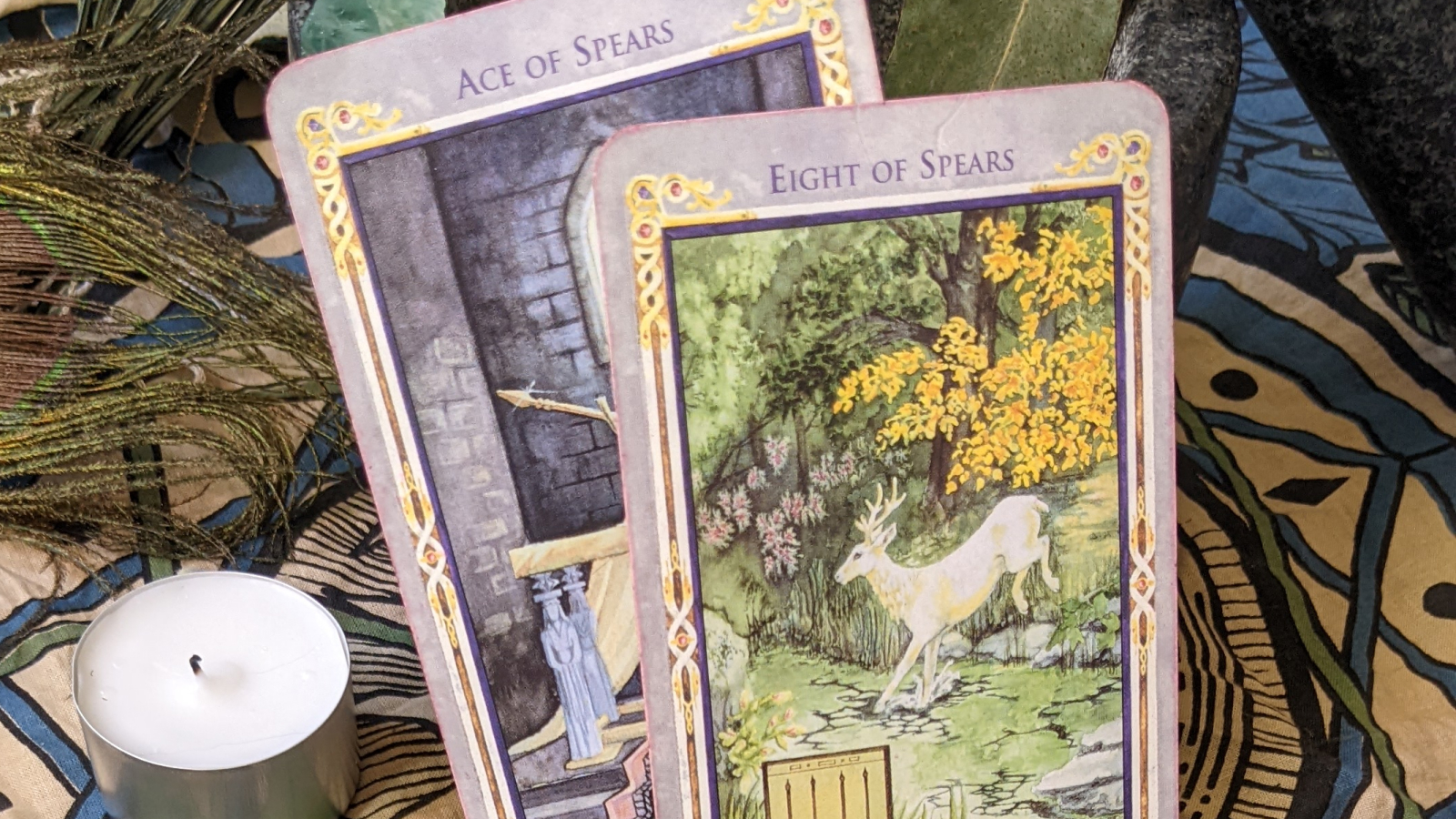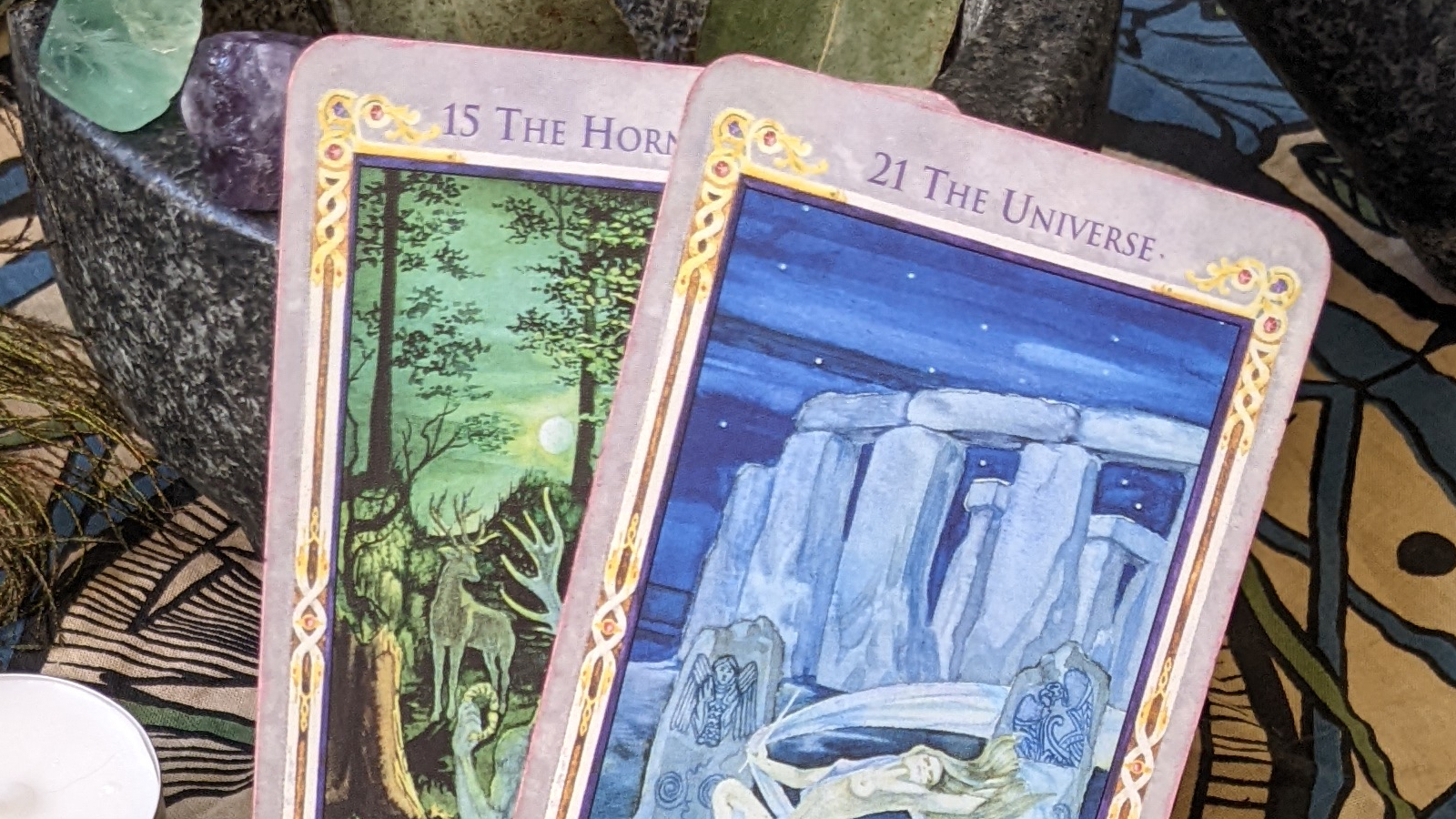How to Read Patterns in Tarot Spreads: Beyond Individual Card Meanings
In the world of tarot, understanding the symbolism behind cards is crucial. It not only adds depth to your readings but also helps you uncover the deeper meaning of the cards and how they relate to one another. Let’s explore the significance of repeating suits, numbers, imagery, orientation patterns, and the placement of Major and Minor Arcana cards in tarot readings.

Tarot Card Suits and Their Themes
When a single suit dominates or numbers a reading, it emphasizes the theme associated with that suit: Cups: Emotions, relationships, and matters of the heart Pentacles/Coins: Material wealth, finances, and practical matters Swords: Thoughts, conflicts, and challenges related to ideas Wands/Rods: Inspiration, creativity, and actions or projects
Tarot Card Numbers and Their Significance
Repeating numbers can amplify the energy and significance of that number’s symbolism.
Ace: New beginnings, opportunities, or a fresh start Two: Balance, choices, partnerships, and decisions Three: Creativity, collaboration, and growth Four: Stability, structure, and security Five: Change, challenges, and conflicts Six: Harmony, love, and healing Seven: Spirituality, introspection, and assessment Eight: Power, ambition, and movement forward Nine: Completion, fulfillment, and reflection Ten: Endings, culmination, and a sense of closure
Interpretation of Repeating Symbols in Tarot Cards
When you spot recurring symbols, patterns, or themes in multiple cards, consider the following for interpretation:
Consider the Context: Analyze the positions of the cards with repeated imagery. For example, a repeated symbol that appears in a past position could represent past experiences or influences being carried into the future.
Amplification of Themes: Repeating imagery can amplify the themes associated with that symbol. For example, if you have several cards featuring roses, it may highlight the importance of love and beauty in the situation or the need to approach it with care and affection.
Storytelling and Narrative: Repeating imagery can create a narrative within the reading. It can be seen as a sequence of events or a progression of ideas. Consider how the symbols relate to each other and how they tell a story or convey a message.
Personal Significance: Depending on the reader’s intuition and the querent’s personal connection to certain symbols, repeating imagery can have personal significance. It may trigger specific emotions or memories, offering a more personalized interpretation.
Card Orientation Patterns
If you choose to read reversals, the significance of card orientation in a tarot reading lies in its ability to add layers of interpretation to the cards.
Mostly upright cards: When the majority of the cards in a reading are upright, it often signifies a sense of internal clarity and ease. It suggests that the primary influences on the situation come from external sources and are generally aligned with the card meanings in their traditional sense.
Mix of upright and reversed cards: A balanced mix of both upright and reversed cards offers a holistic view of the situation. It reflects a dynamic interplay between external and internal factors. This combination highlights how external circumstances interact with your inner world and mindset.
Mostly reversed cards: When most of the cards in a reading are reversed, it typically indicates that the energy related to those cards is encountering obstacles or resistance. It can suggest that certain aspects of the situation are blocked and may require a closer look or adjustment. Reversed cards may also point to hidden facets of the situation.

Major and Minor Arcana Placements in Tarot Readings
The placement of Major and Minor Arcana cards often determines how the card’s energy is expressed within the context of the reading.
The Major Arcana cards represent significant life events, archetypal energies, and deep spiritual or psychological themes. The more Major Arcana cards that appear in a reading the most of these forces are at work in the situation.
The Minor Arcana cards focus on day-to-day matters, everyday experiences, and practical aspects of life. Court cards (Page, Knight, Queen, King) often represent individuals or personalities. Their placement can reveal people involved in the situation or specific characteristics or qualities they bring to it.
By understanding these aspects of tarot card interpretation, you can unlock the secrets hidden within the cards and provide more meaningful readings for yourself and others.
